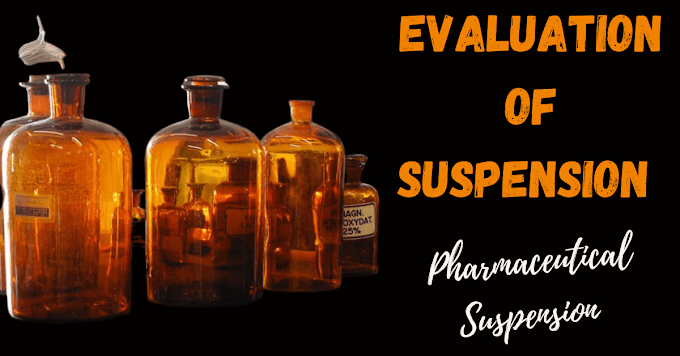This shocking resurgence is raising alarms among doctors, scientists, and global health organizations. As TB becomes more resistant to medicine, the world could face a new health crisis, one that we thought we had already defeated.
What Is Tuberculosis?
The organism that causes Tuberculosis, a serious infectious illness, is called Mycobacterium tuberculosis. Although the lungs suffer the most damage, the brain, kidneys, and spine can all be attacked. When a person with tuberculosis coughs, sneezes, or even speaks, the illness can spread via the air.
Signs of tuberculosis (TB) have been discovered in Egyptian mummies that date back more than 9,000 years, making it one of the oldest known diseases. Although the medicines have already been prepared, tuberculosis is still a very dangerous infectious disease in the world that kills almost 1.3 million people.
Signs of tuberculosis (TB) have been discovered in Egyptian mummies that date back more than 9,000 years, making it one of the oldest known diseases. Although the medicines have already been prepared, tuberculosis is still a very dangerous infectious disease in the world that kills almost 1.3 million people.
The Rise of Drug-Resistant TB
The most concerning issue today is the rise of drug-resistant tuberculosis. This occurs when the bacteria change and become resistant to common drugs.There are two major types:
- Multidrug-Resistant TB (MDR-TB): Isoniazid and rifampicin are two of the most effective tuberculosis drugs. It does not react to either of these drugs.
- Extensively Drug-Resistant TB (XDR-TB): Resistant to even more drugs, including second-line treatments.
This is why the ancient disease that’s outsmarting modern medicine is so concerning. TB bacteria are adapting faster than our ability to develop new drugs.
Where Is Drug-Resistant TB Spreading?
According to recent studies, drug-resistant TB is spreading in countries across Asia, Africa, Eastern Europe, and even parts of the Americas. The World Health Organization (WHO) reports over 450,000 new cases of drug-resistant TB every year, and many go undiagnosed due to poor testing infrastructure.Places with limited access to healthcare are especially vulnerable. When people don’t complete their full course of antibiotics or are given poor-quality drugs, it gives the bacteria a chance to mutate and become stronger.
Why Is TB Outsmarting Modern Medicine?
There are several reasons why TB is becoming harder to fight:
1. Misuse of antibiotics: Overuse or incorrect use of antibiotics helps bacteria evolve resistance.
2. Poor public health systems: Inadequate detection, monitoring, and treatment increase the spread of TB.
3. Lack of new drugs: TB drug research has been slow, with few new antibiotics in development.
4. Weak global response: Compared to more recent epidemics, tuberculosis (TB) receives less money and attention while being dangerous.
5. Stigma and misinformation: Many people avoid getting tested due to fear, shame, or lack of awareness.
1. Misuse of antibiotics: Overuse or incorrect use of antibiotics helps bacteria evolve resistance.
2. Poor public health systems: Inadequate detection, monitoring, and treatment increase the spread of TB.
3. Lack of new drugs: TB drug research has been slow, with few new antibiotics in development.
4. Weak global response: Compared to more recent epidemics, tuberculosis (TB) receives less money and attention while being dangerous.
5. Stigma and misinformation: Many people avoid getting tested due to fear, shame, or lack of awareness.
Why This Is a Global Health Threat
TB doesn’t care about borders. People travel, migrate, and connect globally, which means drug-resistant TB can easily spread worldwide. What starts in one region can quickly become a global epidemic.If left unchecked, TB could become the next "superbug" pandemic, especially in crowded cities, prisons, refugee camps, and places with poor ventilation.
The more resistant TB becomes, the more it will cost healthcare systems. Treatment for drug-resistant TB can cost 10 to 50 times more than regular TB treatment.
What Can Be Done?
According to specialists in global health, the following must occur immediately:1. Early Detection and Testing
Fast and accurate testing is key to identifying TB and its resistant forms. Resistance can be found in a matter of hours using more recent testing, such as GeneXpert.2. Complete Treatment
Patients must complete the entire course of antibiotics, even if they start to feel better early. One of the main causes of drug resistance is incomplete treatment.3. Invest in Research
More funding is needed to develop new antibiotics and faster diagnostics. The world can’t afford to be reactive; we need proactive solutions.4. Improve Global Awareness
Educational campaigns should focus on reducing stigma, promoting early testing, and improving hygiene in high-risk areas.5. Strengthen Public Health Systems
Governments and global health organizations must work together to improve TB care, especially in poor and underserved regions.Is There Hope?
Yes, but only if the world acts fast. Scientists are exploring new drug combinations, TB vaccines, and even AI-based detection tools to catch the disease early. Pilot programs in countries like India and South Africa have shown that community-based support systems help improve treatment success rates.But time is running out. The longer we wait, the more this ancient killer adapts.
Conclusion
The ancient disease that’s outsmarting modern medicine is no longer just a problem of the past; it’s a very real and growing threat to our future. As drug-resistant TB spreads, we’re reminded that medical progress doesn’t guarantee safety. The fight against TB continues on a global level.To protect ourselves and future generations, we must invest in awareness, research, and smarter treatments. Before this ancient enemy becomes impossible to overcome, it is time to give it serious consideration.







.png)
0 Comments